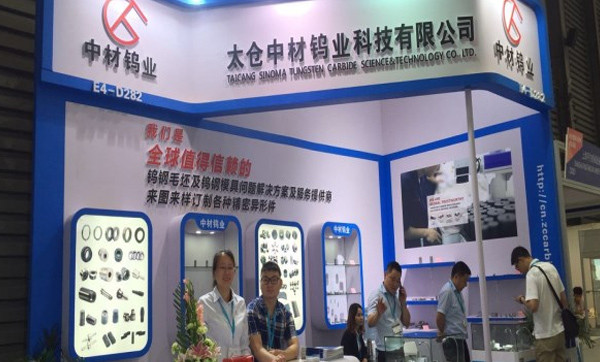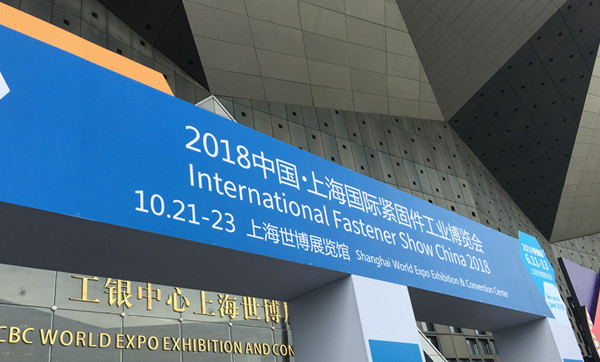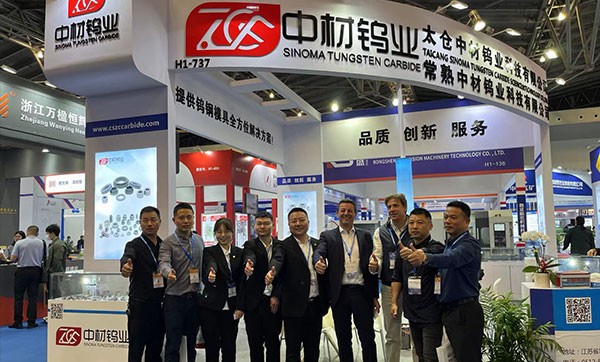Tungsten carbide (WC) is a critical material known for its exceptional hardness, high melting point, and resistance to wear and corrosion. These properties make it invaluable in various industrial applications, including cutting tools, mining, and wear-resistant components. One of the most influential factors affecting the performance of tungsten carbide products is the grain size of the WC particles. This article explores how grain size impacts the mechanical properties and overall performance of tungsten carbide products.
Tungsten carbide is a composite material composed primarily of tungsten carbide particles bound together by a metal matrix, often cobalt. The synthesis of tungsten carbide involves the sintering of tungsten and carbon powders at high temperatures, leading to the formation of hard, dense WC grains. The grain size of these particles can be controlled during the manufacturing process, which in turn affects the material's properties.
1. Hardness and Wear Resistance
The hardness of tungsten carbide is one of its most critical attributes, determining its suitability for cutting and wear applications. Finer grain sizes generally result in higher hardness. This is because smaller grains reduce the distance dislocations can move, thereby enhancing the material's resistance to deformation. Consequently, tungsten carbide products with finer grains exhibit superior wear resistance, making them ideal for cutting tools and abrasive environments.
2. Toughness
While fine grain sizes increase hardness, they can adversely affect toughness. Toughness is the ability of a material to absorb energy and plastically deform without fracturing. Coarser grains typically enhance toughness because they can better deflect and absorb the energy of cracks as they propagate through the material. Thus, a balance must be struck between grain size, hardness, and toughness to optimize performance for specific applications.
3. Fracture Toughness
Fracture toughness, a measure of a material's resistance to crack propagation, is also influenced by grain size. Coarse-grained tungsten carbide tends to have higher fracture toughness due to the larger grains' ability to arrest crack growth. This property is crucial for applications where impact resistance is vital, such as in mining and construction tools.
The control of grain size in tungsten carbide products is achieved through careful selection of raw materials, additives, and sintering conditions. Fine-grained WC is typically produced using high-purity powders and lower sintering temperatures. Conversely, coarser grains result from using larger starting powders and higher sintering temperatures.
1. Cutting Tools
For cutting tools, such as end mills and drill bits, fine-grained tungsten carbide is preferred due to its superior hardness and wear resistance. The fine grains ensure a sharp cutting edge and prolonged tool life, which are essential for precision machining and high-speed cutting.
2. Mining and Construction
In mining and construction applications, where tools are subjected to high impact and abrasive conditions, a coarser grain size is often advantageous. The enhanced toughness and fracture toughness of coarser-grained tungsten carbide provide better resistance to the shocks and impacts encountered in these harsh environments.
3. Wear Parts
Wear-resistant components, such as nozzles and valve seats, benefit from a balance of fine and coarse grains. Fine grains provide wear resistance on the surface, while coarser grains within the material enhance overall toughness. This combination ensures durability and longevity in demanding applications.
The development of advanced manufacturing techniques, such as additive manufacturing and nanotechnology, is paving the way for new possibilities in controlling the grain size of tungsten carbide. These technologies offer precise control over microstructures, allowing for the creation of functionally graded materials with tailored properties to meet specific application requirements.
Grain size plays a pivotal role in determining the mechanical properties and performance of tungsten carbide products. Understanding and controlling grain size allows manufacturers to optimize tungsten carbide for a wide range of applications, from precision cutting tools to heavy-duty mining equipment. As manufacturing technologies advance, the ability to finely tune grain size will continue to enhance the capabilities and applications of tungsten carbide, solidifying its status as a material of choice in industries demanding high performance and durability.




